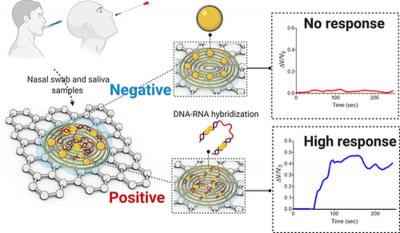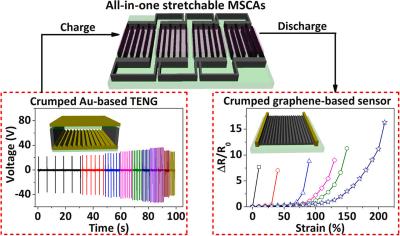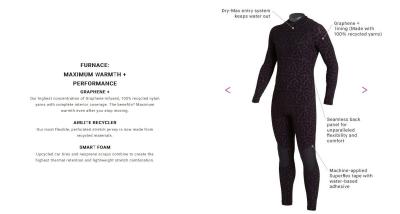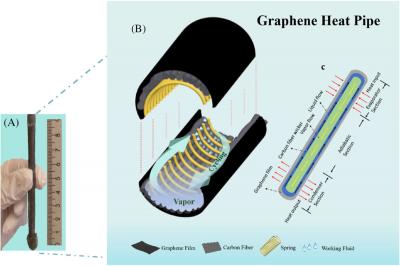Graphene-based electrochemical sensor can detect COVID-19 in less than five minutes
University of Illinois researchers have used graphene to develop a rapid, ultrasensitive test using a paper-based electrochemical sensor that can detect the presence of the virus in less than five minutes.

Currently, we are experiencing a once-in-a-century life-changing event, said bioengineering graduate student and co-leader of the study, Maha Alafeef. We are responding to this global need from a holistic approach by developing multidisciplinary tools for early detection and diagnosis and treatment for SARS-CoV-2.





